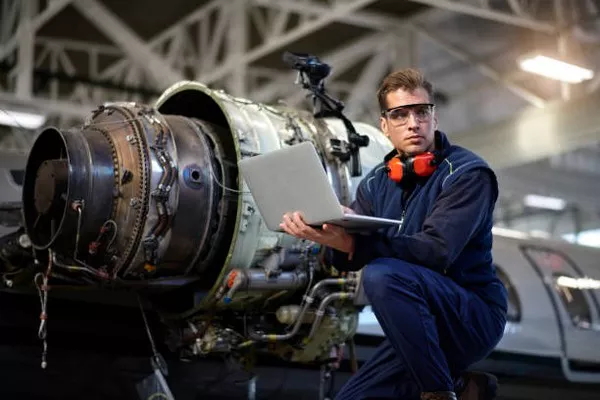The COVID-19 pandemic catalyzed a significant shift in the manufacturing industry, prompting the widespread adoption of remote work and collaboration tools. As the global economy faced disruptions, the manufacturing sector embraced innovative technologies to navigate the challenges and discovered lasting benefits in terms of productivity and sustainability.
Harvard Business Review notes that remote work in the U.S. surged from 6% of full workdays to over 50% during the pandemic, reshaping the traditional landscape of on-site manufacturing work. Despite the inherent on-site nature of manufacturing, businesses successfully implemented tools to minimize physical presence, enhance remote management, and adapt to evolving demands.
Industry 4.0 Revolutionizes Operations
The pandemic served as a turning point for Industry 4.0 technologies, with McKinsey reporting that 94% of respondents found Industry 4.0 instrumental in maintaining operations during the crisis. Emerging technologies played a pivotal role in ensuring business continuity, introducing collaborative and monitoring tools to streamline operations.
Key technologies contributing to this transformation include:
Augmented and Connected Worker Technology: Digitizing processes and centralizing information facilitated real-time collaboration among teams and workers. Frontline workers utilized mobile devices for tasks, fostering collaboration while storing information on private clouds accessible to stakeholders.
Visual Remote Assistance: Businesses reduced on-site visits by incorporating visual remote assistance tools. Augmented Reality (AR) helped experts guide on-site workers, minimizing travel costs and downtime for critical operations like maintenance.
Training and Upskilling: Connected worker solutions, leveraging AR and Digital Twins, created knowledge bases for daily operations and facilitated training for new and existing workers. Simulating real situations in controlled digital environments proved effective for skills development.
IoT Data and Remote Monitoring: Augmented and Connected Worker solutions integrated with diverse software, providing real-time information to managers and field workers. Remote monitoring ensured equipment and machines were monitored, and essential data was accessible.
Post-Pandemic Work Dynamics
While the manufacturing industry gradually returned to normalcy after global vaccination efforts, the changes initiated during the pandemic have become lasting trends. Remote working, once a temporary response to the crisis, is now a normalized and growing trend. A Harvard Business Review comparison between 2018 and 2023 revealed a decrease in fully on-site workers from 91.6% to 75.5%.
Transformations Inside the Industry
The manufacturing sector embraced these changes, recognizing their profound impact on operations. Remote collaboration technology, initially adopted to overcome pandemic constraints, evolved into a permanent addition, revolutionizing workers’ daily lives and operational strategies.
Notable impacts include:
Cost Reduction: Significant reduction in travel-related costs as experts no longer need to travel extensively to assist workers across different locations.
Efficient Training: Flexible and remote training, reduced on-site shadowing, and remote tracking of workers’ progress.
Reduced Breakdown Times: Prompt resolution of equipment malfunctions through efficient remote assistance, connecting frontline operators with specialists.
Commitment to Sustainability: Reduced travel contributes to lower emissions, meeting sustainability goals. Digitalization minimizes or eliminates paper use.
Less On-the-Job Shadowing: Experienced workers no longer required for extensive on-site training, improving resource allocation.
Efficient Decision-Making: Enhanced decision-making with automated data, real-time metrics, and centralized information accessible remotely.
The manufacturing industry’s embrace of remote collaboration technologies has not only ensured resilience during crises but has ushered in a new era of efficiency, sustainability, and flexibility.

